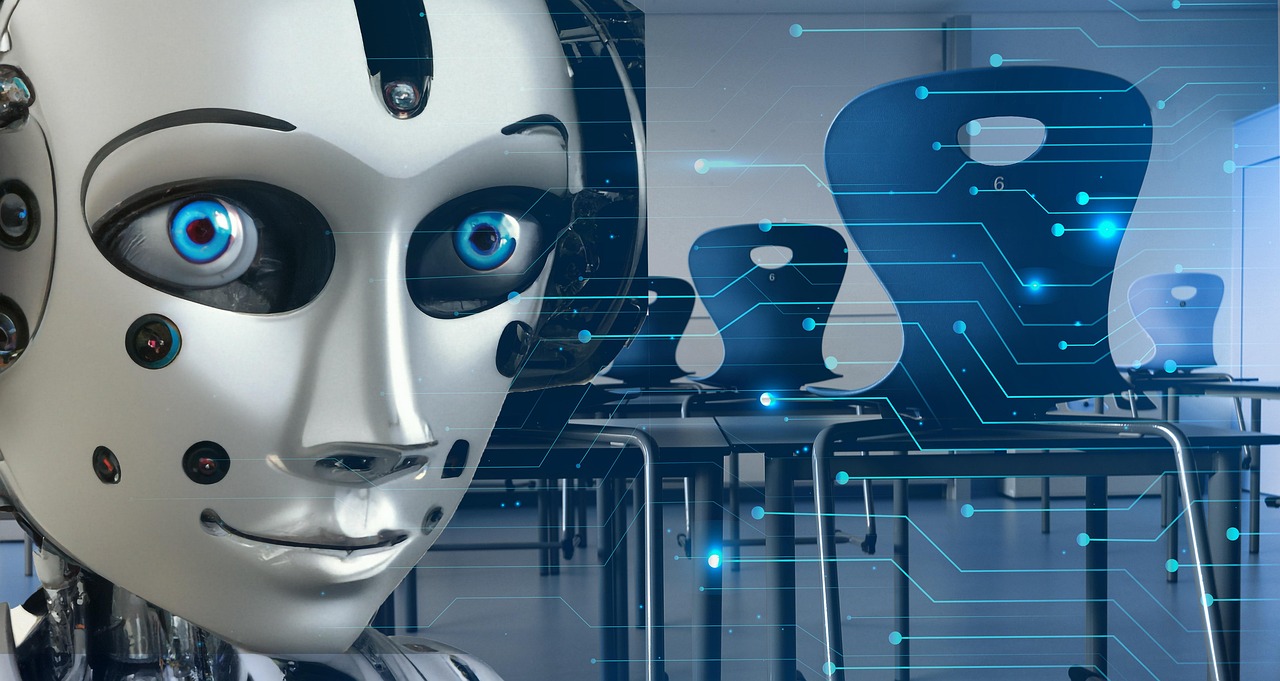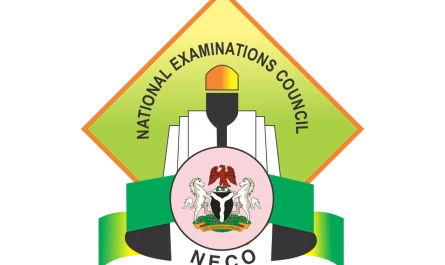Introduction
In 2025, the Nigerian government launched a major overhaul of the school curriculum for primary and secondary education. The Nigeria new school curriculum 2025 introduces digital literacy, coding, and artificial intelligence into classrooms while reducing subject overload. With these changes, schools are expected to raise a generation of learners who can compete globally and thrive in a knowledge-driven economy.
For parents, teachers, and administrators, this reform is more than an academic adjustment. It is an opportunity to give young Nigerians the skills they need to succeed in industries like technology, business, and science. In this article, we will look at the key curriculum updates, outline the areas schools should cover in AI, and explain how institutions can implement the reforms in practical and affordable ways.

What Changed in the New Nigerian Curriculum
The revised curriculum was designed to address long-standing challenges such as rote learning, overcrowded subject lists, and limited exposure to technology. Instead of pushing students through endless memorization, the new structure emphasizes skills, critical thinking, and practical learning.
Another major change is the integration of digital literacy and computational skills from primary school through senior secondary levels. Coding and artificial intelligence concepts are no longer left for universities; they are introduced earlier to help students build confidence in using modern technology. In addition, vocational and technical subjects have been strengthened, giving learners multiple career pathways after secondary school.
This reform not only reduces academic stress but also ensures that students graduate with competencies that employers actually demand.
AI and Digital Literacy: What Schools Should Teach
Artificial intelligence is becoming part of everyday life, from voice assistants to mobile banking. By including AI and coding in the curriculum, Nigeria is preparing children for the digital future. Schools, however, need a clear roadmap of what to teach at each level.
Primary School (Ages 6–11)
- Online safety and responsible digital use.
- Games and activities that build computational thinking.
- Introduction to block-based coding platforms such as Scratch Jr.
- Creative digital projects like storytelling with pictures or animations.
Junior Secondary School (Ages 11–14)
- Transitioning from block coding to basic Python.
- Data literacy through simple class surveys and charting.
- Everyday applications of AI, such as chatbots or music recommendations.
- Awareness of fairness, bias, and responsible use of technology.
- Group projects that apply basic AI ideas to real-world challenges.
Senior Secondary and Technical Schools (Ages 15–18)
- Data science with spreadsheets and basic visualization.
- Python programming for AI and machine learning.
- Understanding how AI systems are built, tested, and deployed.
- Applications in local contexts such as agriculture, health, and commerce.
- Capstone projects and internships with universities or tech hubs.
By introducing these topics gradually, students will progress naturally from digital basics to more advanced AI concepts.
How Schools Can Implement the Curriculum Successfully
Implementation requires careful planning. Schools cannot simply add coding classes without preparing teachers, setting up infrastructure, and securing resources. The following steps provide a structured approach.
- Curriculum mapping – Administrators should align school timetables with the official NERDC subject list to ensure compliance.
- Teacher development – Workshops, peer mentoring, and university partnerships can help teachers build competence in AI and coding.
- Resource adoption – Schools can use affordable platforms like Scratch, Replit, and Teachable Machine, many of which work offline or on low bandwidth.
- Infrastructure setup – Even a small lab with shared devices can make a big difference. Where funds are limited, schools can rotate access among classes.
- Funding and partnerships – Local companies, banks, and NGOs often support digital education through corporate social responsibility programs.
- Assessment innovation – Instead of relying on rote exams, schools should grade projects, presentations, and student portfolios.
Transitioning to this model will take time, but the long-term benefits far outweigh the challenges.
Why This Matters for Nigeria’s Future
The 2025 curriculum is not just about technology; it is about preparing young Nigerians for opportunity. Digital literacy and artificial intelligence are the engines of modern economies, and countries that equip their students early enjoy a stronger workforce and better innovation outcomes.
With these reforms, Nigeria is signaling that it is ready to compete. Students who understand coding, data, and AI will be better positioned for jobs in tech, finance, education, healthcare, and creative industries. Communities will also benefit as young people use digital tools to solve local problems.
Practical Call to Action for Schools and Parents
- School leaders should begin teacher training sessions as soon as possible.
- Parents can encourage children by allowing supervised use of educational apps at home.
- Policymakers should support schools with funding and connectivity programs.
- Teachers should experiment with low-cost tools and collaborate with peers.
If you are a school administrator or educator, now is the time to act. Share this article with your staff, set up a digital learning committee, and commit to piloting AI lessons in at least one class this term. Small steps taken today will shape Nigeria’s future tomorrow.
Conclusion
The Nigeria new school curriculum 2025 is a bold step toward equipping learners with the skills needed in a fast-changing world. By embedding coding, digital literacy, and artificial intelligence across all levels of education, the reform addresses outdated practices and focuses on competencies that matter.
Schools must not wait for perfect conditions before taking action. With careful planning, creative resource use, and community partnerships, every institution can implement the digital component of the curriculum effectively.
For parents, educators, and policymakers, this is the moment to work together to raise a generation of future-ready Nigerians.

